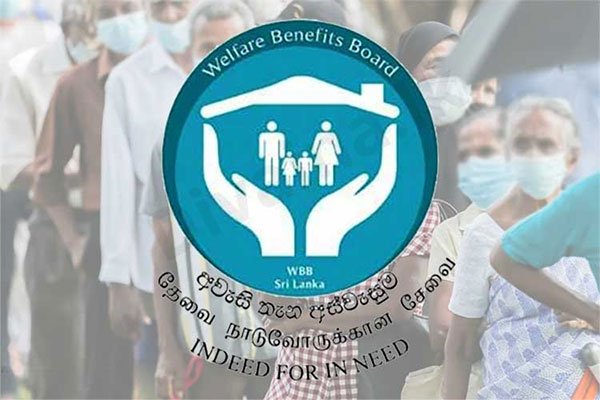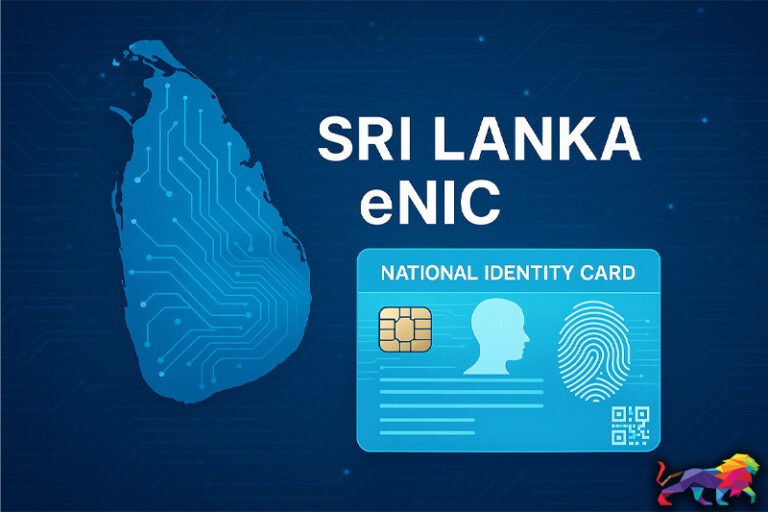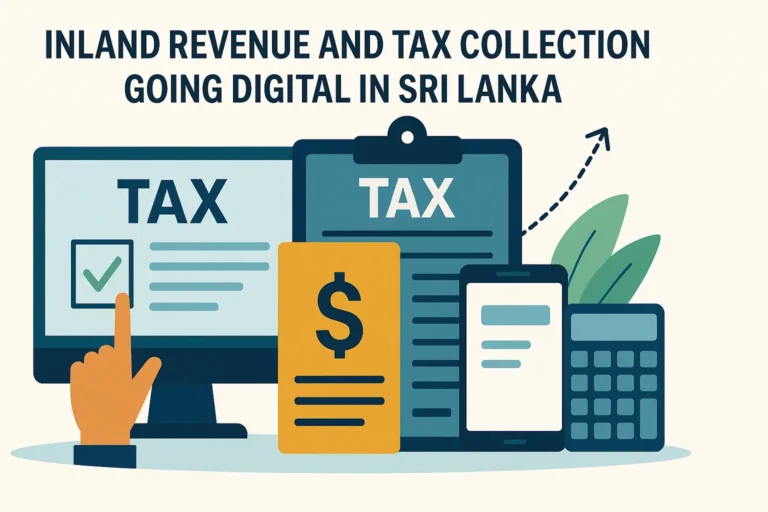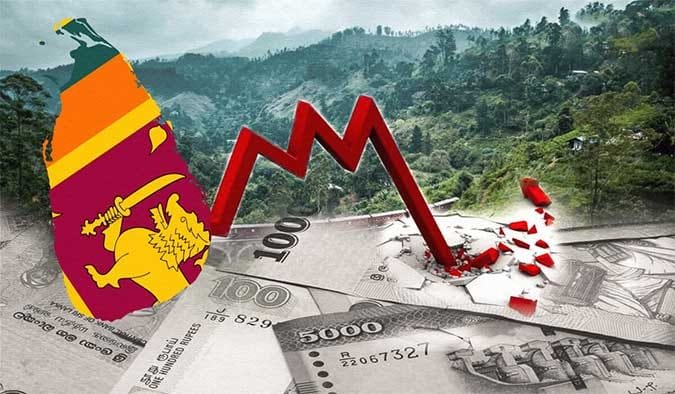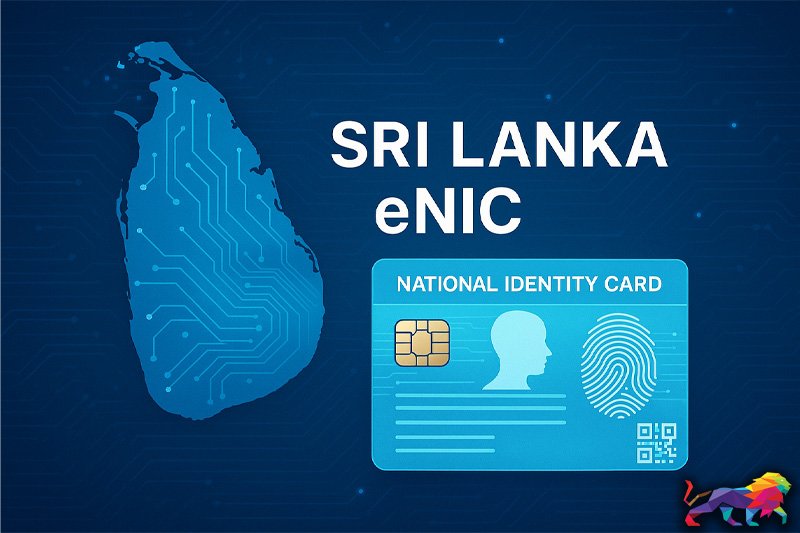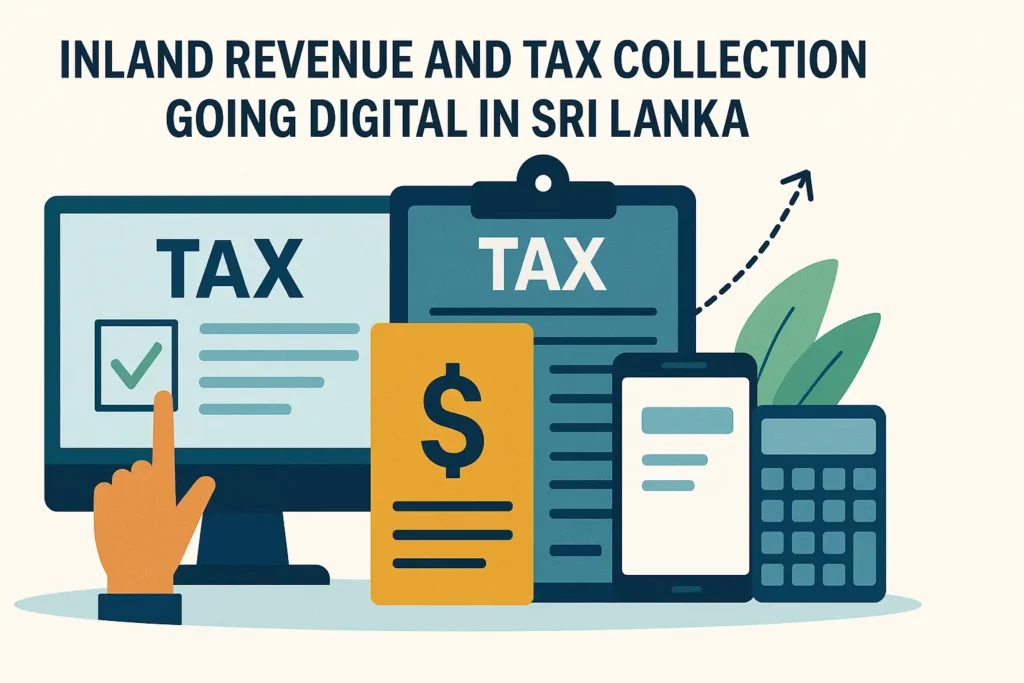Sri Lanka is set to expand its flagship Aswesuma welfare benefit programme in July 2025, adding 400,000 new families to its rolls. This expansion is more than a budget line item—it reflects the country’s evolving approach to poverty reduction, economic resilience, and social equity at a time of deep economic stress.
Here’s a detailed look at what Aswesuma is, what’s changing in 2025, the strengths of the programme, and the challenges Sri Lanka faces as it builds a modern social safety net.
What is Aswesuma?
Aswesuma was introduced in December 2022 as Sri Lanka’s main targeted welfare cash-transfer scheme, replacing the longstanding Samurdhi programme.
It aims to provide direct cash support to:
- Transitional
- Vulnerable
- Poor
- Extremely poor families
A key design change from Samurdhi is direct monthly payments to beneficiaries’ bank accounts, increasing efficiency, reducing leakages, and aligning with commitments Sri Lanka made to the IMF under its fiscal reform programme.
Aswesuma relies on an integrated social registry (the SRIS) to verify eligibility, using a set of 22 socio-economic indicators (developed in 2019) to target families in need.
What’s Changing in July 2025?
Starting July 2025, the Sri Lankan government plans to add 400,000 new families to Aswesuma. This will bring the total number of recipients to approximately 1.38 million households.
This expansion comes just months after support was halted in April 2025 for roughly 420,000 families in the “transitional” category, a controversial move that led to over a million appeals and objections.
Why Expand Aswesuma Now?
The expansion is driven by three main forces:
Economic Recovery Strategy
Sri Lanka is still emerging from its worst economic crisis in decades. Debt restructuring, IMF-backed reforms, and austerity measures have increased living costs. Expanding cash transfers is intended to soften the blow for vulnerable families.
Rising Poverty Rates
Since 2022, poverty levels have surged. Some estimates suggest 31% of the population now lives below the poverty line. Food insecurity and pressures on health and education access have increased, amplifying calls from civil society for stronger safety nets.
Political Timing
With elections on the horizon, many observers see this expansion as a politically savvy move to bolster support among poorer voters. Cash transfers remain one of the most visible forms of state aid.
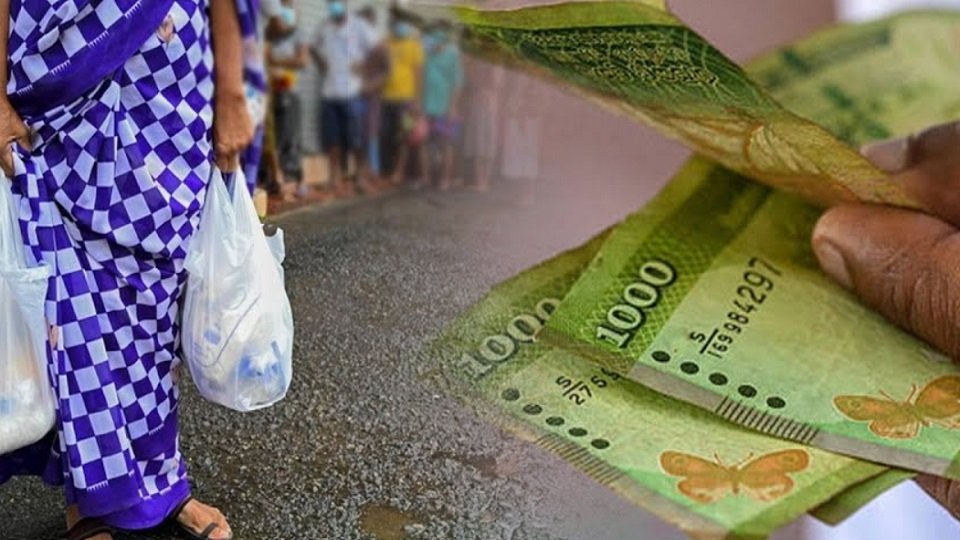
Strengths of the Aswesuma Expansion
The planned expansion has genuine benefits that strengthen Sri Lanka’s welfare architecture:
Increased Coverage
Adding 400,000 families will help address gaps in coverage. Vulnerable groups—like the elderly, persons with disabilities, and kidney patients—are among the targeted beneficiaries, with monthly payments ranging from Rs. 5,000 to Rs. 10,000.
Streamlined Digital Payments
Aswesuma pays benefits directly into bank accounts, reducing corruption and leakages that plagued older schemes. Digital disbursement improves auditability and efficiency.
Unified Registry and Targeting
The Social Registry Information System (SRIS) is designed to integrate multiple welfare schemes, avoiding duplication and enabling more consistent targeting.
Extension of Health-Focused Benefits
Support for persons with chronic illnesses, like kidney disease, and people with disabilities has been extended through December 2025, acknowledging their higher vulnerability.
Challenges and Criticisms
Despite the positives, Aswesuma’s expansion is far from a silver bullet. Critics highlight significant issues that threaten its effectiveness:
Targeting Flaws
The scheme uses proxy-means testing based on 2019 indicators. These may no longer reflect reality post-crisis, missing newly vulnerable households. Rights groups argue this outdated targeting has led to massive exclusion errors, especially during the 2023 rollout.
“Welfare eligibility criteria developed long before the crisis were used to select beneficiaries,” notes the Social Protection Floors Coalition.
High Rates of Appeals and Objections
Over 1 million appeals and 134,000 formal objections have been lodged over beneficiary lists, underlining widespread dissatisfaction and administrative errors.
Processing Delays
Application processing times have ballooned from 30 days to 90 days, far exceeding the 10-day target recommended by the World Bank’s Independent Evaluation Group.
Institutional Capacity Weaknesses
The Welfare Benefits Board, responsible for the programme, faces questions about its ability to handle appeals, audits, and grievance redress effectively. Delays in auditing and slow response times have eroded public trust.
Narrow Focus on Cash Alone
Experts warn that cash transfers alone are not enough. Nutrition, education support, health services, and livelihood training need to be integrated into a holistic anti-poverty approach.
Policy Recommendations for Sustainable Impact
For Aswesuma’s expansion to be more than just a pre-election cash splash, Sri Lanka needs to address systemic weaknesses. Recommendations include:
Refine Targeting Metrics
Update the socio-economic indicators to reflect post-crisis poverty realities, reducing exclusion errors.
Invest in Institutional Capacity
Strengthen the Welfare Benefits Board’s ability to manage appeals, process applications quickly, and conduct timely audits.
Broaden Support Beyond Cash
Pair cash transfers with complementary services such as nutrition support, health programmes, education grants, and vocational training.
Enhance Transparency
Publish clear methodologies for registry inclusion and independent audit results to build public confidence.
Monitor and Adapt Continuously
Conduct independent impact assessments and make data-driven policy adjustments in real time.The Aswesuma expansion is a critical component of Sri Lanka’s post-crisis social protection strategy. It signals a commitment to supporting the poorest households during a period of high inflation, rising poverty, and economic restructuring.
Its strengths—increased coverage, digitised payments, integrated registry systems—are genuine steps forward.
However, serious challenges remain: exclusion errors, long processing times, institutional capacity gaps, and an over-reliance on cash without broader social support.
If the government truly wants Aswesuma to be more than a political tool, it must invest in refining targeting, strengthening delivery systems, and designing a holistic social protection framework that addresses the root causes of poverty.

